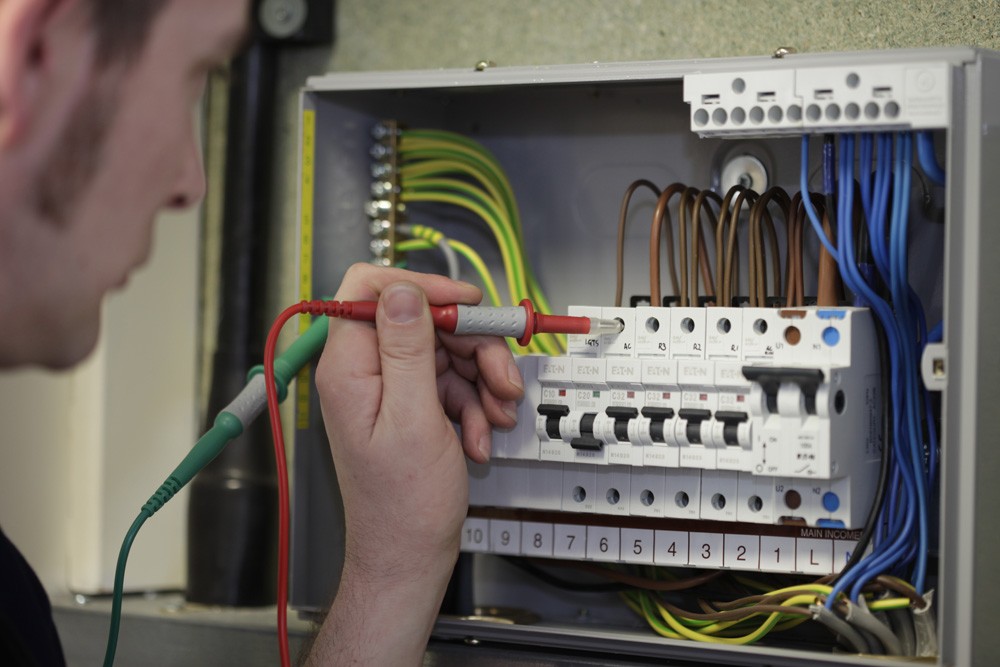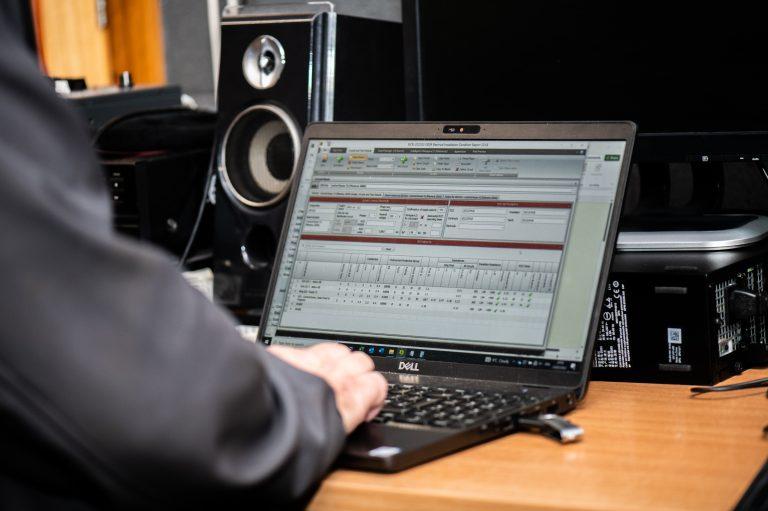Periodic Testing involves the testing of electrical services and systems that conduct electricity around a building.
It covers all of the hard wiring in a building and includes items such as main panels, distribution boards, lighting, socket outlets, air conditioning and other fixed plant.
Periodic Testing may also be known as:
- Fixed Installation Testing
- Periodic Inspection and Testing
- Fixed Wire Testing
- Hard Wire Testing
- Test and Inspecting
- Fixed Testing
- Electrical Testing
Guidance Note 3 of the IEE Wiring Regulations states:
“Where diagrams, charts or tables are not available, a degree of exploratory work may be necessary so that inspection and testing can be carried out safely and effectively. A survey may be necessary to identify switchgear, controlgear, and the circuits they control.”
In practise this means that engineers carrying out the testing should initially aim to correctly identify all circuits in an installation by looking at a combination of circuit labelling and previous test information and by carrying out circuit tracing where necessary
Guidance Note 3 also states:
“Periodic tests should be made in such a way as to minimise disturbance of the installation and inconvenience to the user. Where it is necessary to disconnect part or whole of the installation in order to carry out a test, the disconnection should be made at a time agreed with the user and for the minimum period needed to carry out the test. Where more than one test necessitates a disconnection where possible they should be made during one disconnection period.
A careful check should be made of the type of equipment on site so that the necessary precautions can be taken, where conditions require, to disconnect or short-out electronic and other equipment which may be damaged by testing.”
Periodic Testing inevitably causes some disruption on the site due to the requirements for disconnecting electrical circuits at various times during the testing. For this reason careful planning and time management is a necessity, and in practice testing is often best performed outside of normal working hours.
The results and extent of periodic inspection and testing should be recorded on a Periodic Inspection Report and provided to the person ordering the inspection. The report must include the extent of the work, limitations, details of defects and dangerous conditions, and schedules of inspections and test results.
Immediately dangerous conditions should be rectified or reported without delay to the relevant duty holder. Other recommendations and observations should be reported using a numbering system to indicate the severity of each observation.




